What is the best SSD overall?
Though you’ll get strong performance from all the top choices for SSDs (also known as solid-state drives), some of them are more cost-efficient than others. While searching for the best SSD, we landed on the Lexar NM790, as it offers 4TB for less than $300. After all our tests, it was either in line with our other top performers or it was better. However, the other options on this list were so comparable that if you find a good deal on one of them, they’ll do just as well for your PlayStation 5.
With so many awesome titles available for the PS5, the console’s 1TB SSD can quickly fill up with all that gaming goodness. Luckily, you can easily bulk up your storage and speed by adding an internal SSD. Not all SSDs are equal, though. For instance, the drive needs to have a heat sink — an essential component to stave off overheating. If your solid-state drive doesn’t have one, you’ll have to add it manually. We’ve made some suggestions below to help with that process.
We’ve been testing SSDs for years, and in particular since 2021, when Sony unlocked the option to add more storage. If you’re ready to expand your game library, keep reading. We’ve tested several drives, including the 4TB Seagate FireCuda 530, which we installed in this how-to feature. You can find the results of those performance tests below.
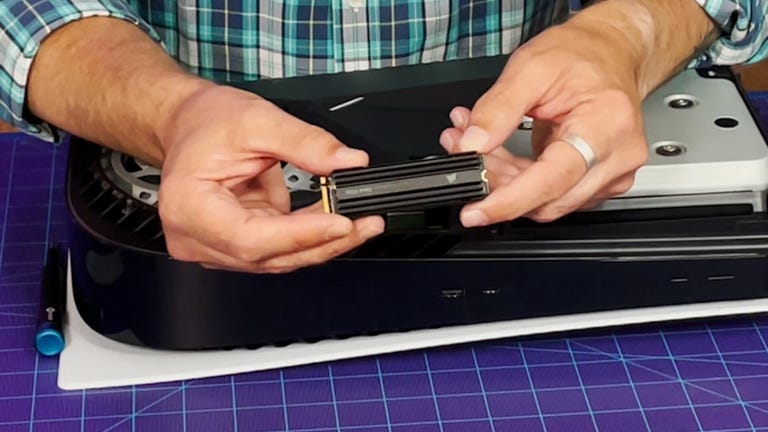
Watch this: Install an M.2 SSD in your PS5 with a heat sink upgrade
Best M.2 SSDs of 2024
The Lexar NM790 SSD has a built-in heat sink, letting it hit up to 7,400MB/s read and 6,500MB/s write speeds. Lexar’s optimal thermal management also helps keep it cool during intense workloads.
The Samsung 990 Pro with Heat Sink showcases cutting-edge advancements in exclusive NAND memory (which reduces erase and write times and requires less chip area per cell), controller and software tech. The SSD is tailored for PC and console gamers and creators searching for storage solutions with exceptional performance, power efficiency and thermal management.
The price listed is for the 2TB drive, but it also offers 1TB for $90.
Samsung’s high-end M.2 drive was a logical first choice for a lot of PS5 modders, but the original version didn’t include a built-in heat sink — which is required for operation. You could buy a separate one and attach it, but that’s a few extra steps.
Conveniently, this excellent Samsung 980 Pro SSD is now available with a heat sink, which makes it an all-in-one package. There are two current configurations, a 1TB model and a 2TB model, with the price roughly doubling for the larger model.
The big 4TB Seagate FireCuda 530 includes a built-in heat sink, which is a requirement for an internal PS5 drive. There are 1TB, 2TB and 4TB models.
After I installed and set up the drive, I tried transferring a few games from the default drive to my new SSD. Call of Duty, which is nearly 200GB, transferred in about 2 minutes, 30 seconds. Returnal — around 50GB — transferred in about 40 seconds.
Corsair’s PS5-compatible M.2 drive comes with a heat sink. We tested the 2TB version, but there’s also a 1TB version.
Normally I’d stick with M.2 drives with built-in heat sinks, so make the entire upgrade process easier, but I’ll make an exception for this PNY XLR8 drive because
Just slot the slim M.2 drive in the slot, screw the new cover panel over it and you’re all set. We’ve tested the drive and added its transfer time scores to the chart below.
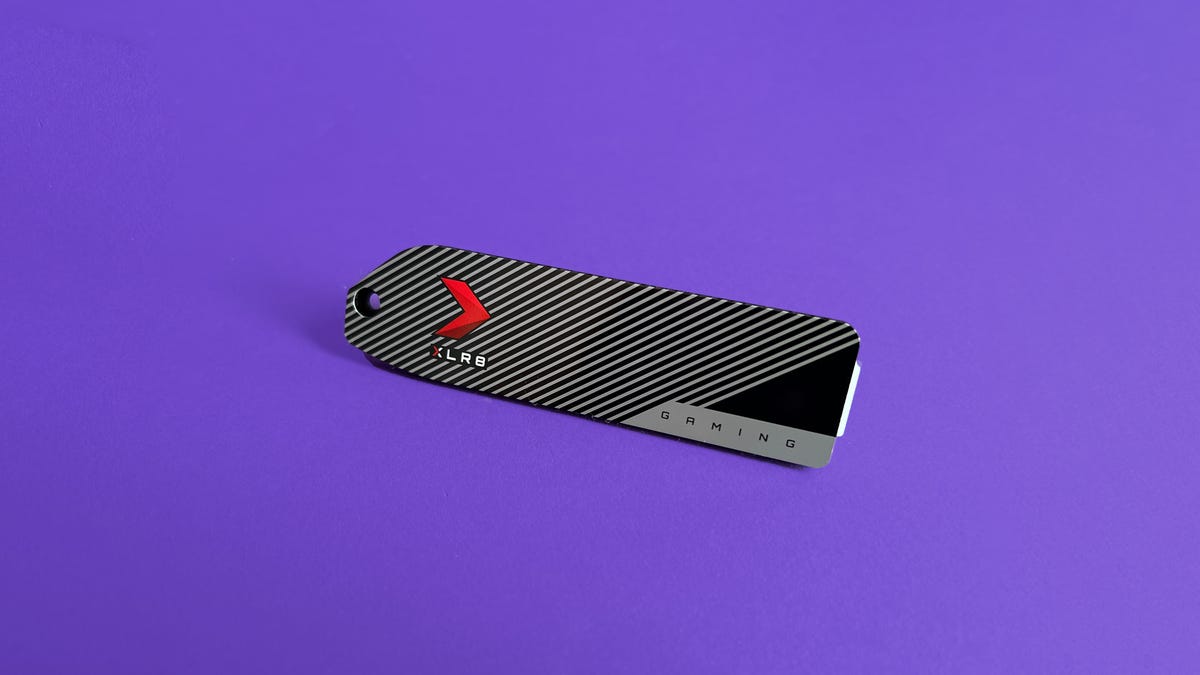
This is the PNY heat sink and cover combo, which makes it easy to install an M.2 drive that doesn’t have its own heat sink.
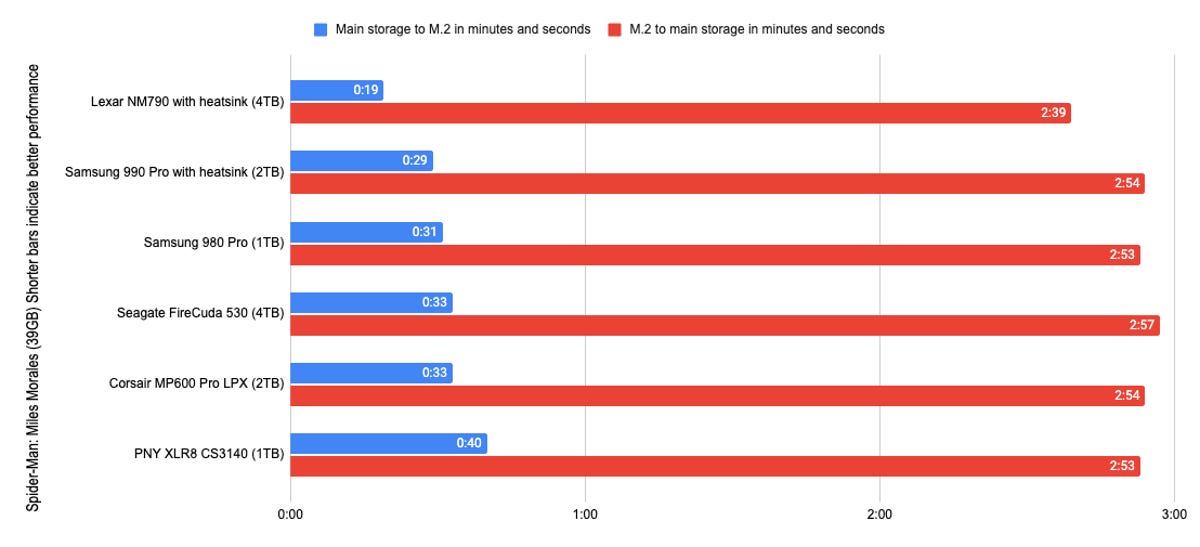
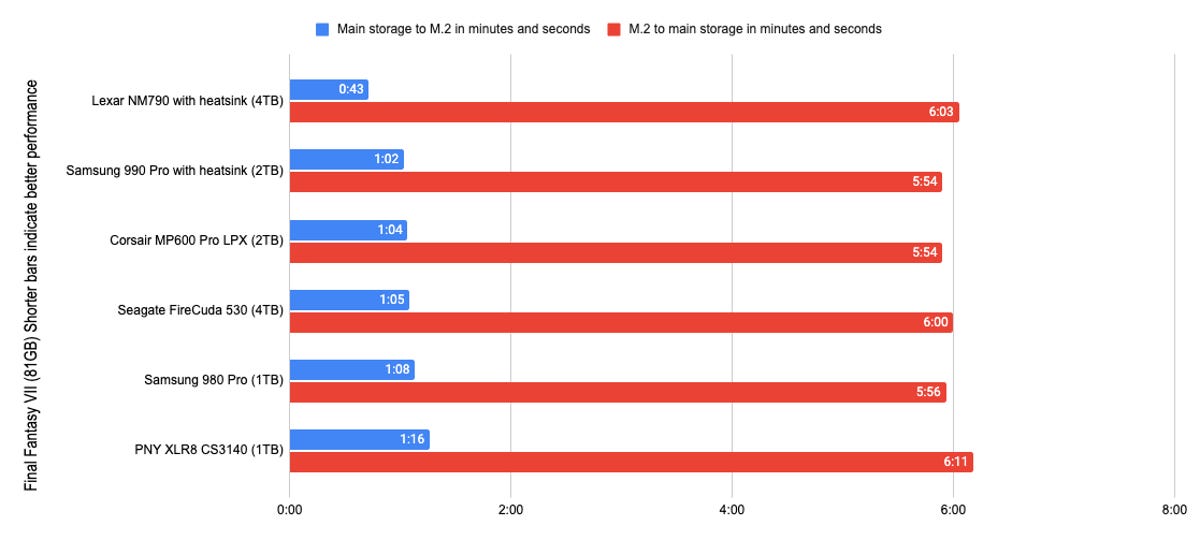
Besides the Samsung and Seagate versions, this Western Digital drive is probably the most popular M.2 choice for the PS5. It also includes the needed heat sink built in, which I recommend as a much easier way to get your console storage upgraded.
The WD Black comes in 500GB, 1TB and 2TB sizes, although I can’t see going through all the effort required to open the PS5 and install these for a mere 500GB of extra space, especially with some games getting close to 100GB in size. 1TB seems like the best value for your money.
This is the original Samsung 980 Pro 1TB drive that needs a separate heat sink. If you’ve got one and can attach it, it’s a less expensive option and easy to find. The price of this model has even dropped by a few dollars.
The advantage of adding an M.2 internal drive to your PS5 is that you can both store and play PS5-native games from it. Regular external hard drives can store PS5 games, but not play them. (Both store and play PS4 games.)
If you’re going down the add-your-own-heat sink route, this is one of the most popular parts for PS5 owners. Gamers have reported that it’s a perfect fit for the PS5’s M.2 slot, especially when paired with the Samsung 980 SSD.
To attach a heat sink like this, you usually need some thermal tape to connect the heat sink to the drive. In this case, there’s an included thermal pad that sticks the two parts together. That’s important because, without the right kind of thermal management, the M.2 drive could get too hot in the tightly constricted PS5 internal drive slot.
To test these M.2 SSD drives for the very specific purpose of storing and playing PS5 games, our primary concern is data transfer speed. All the drives compatible with the PS5 will play and load games seamlessly. The only time you’re likely to notice the drive in action is when transferring full games either to or from it.
To test the speed of these drives, we downloaded specific games onto the PS5 internal drive and transferred those games to the newly installed M.2 drive. Then we transferred the same games back to the internal SSD. The games we use for this test are Final Fantasy VII Remake, at 81GB; and Spider-Man: Miles Morales, at 39GB. We used a stopwatch to time the transfers and listed each result in the chart above.
We update this list regularly, and below are answers to some of the most common PS5 M.2 SSD questions.
How do I remove the PS5 cover?
Does my M.2 drive need a heat sink?
What games will run from a PS5 M.2 drive?










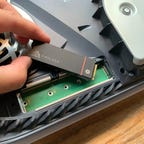










+ There are no comments
Add yours